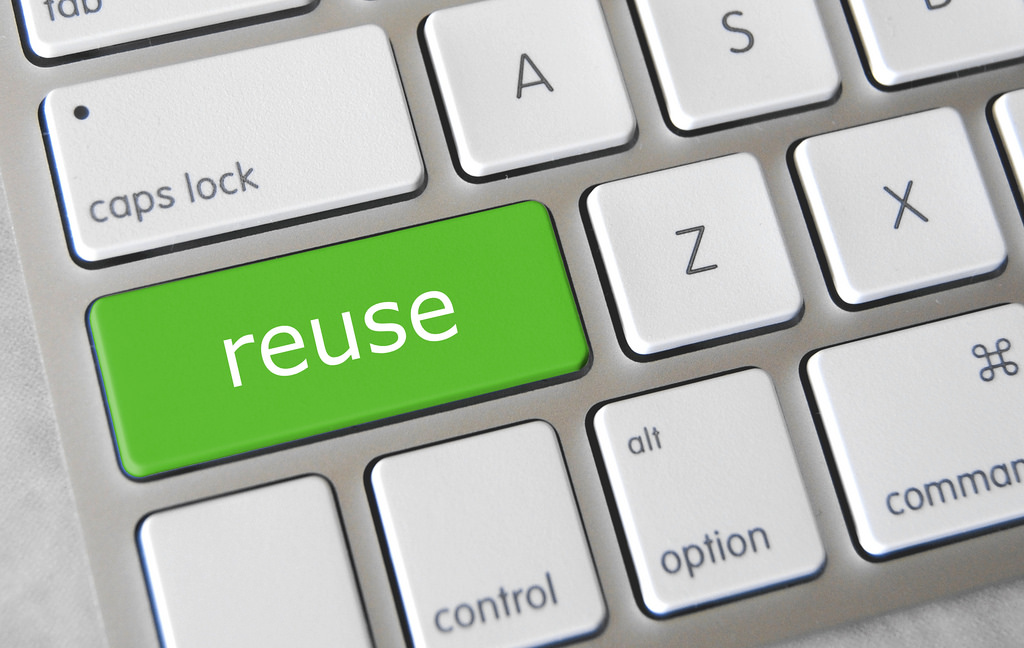
Research is an essential part of writing almost any nonfiction book. Whether you want to back up an assertion with study findings, illustrate a point, or simply put your ideas in context, you will inevitably find yourself referring to the work of other authors or researchers in your own book.
When it comes to dealing with previously published work, you need to be very careful about how you use it and credit its origins. Whenever you quote another person, living or dead, you must attribute their words to them, along with a mention of where and when the quote first appeared (if it came from a published work). References to study findings or interviews call for a citation, which is how you prove to your readers that your information comes from credible sources. Those two situations are fairly straightforward, but lifting and repurposing material from previously published work, whether it’s a brief line or a long passage, is a little less cut and dried. You may or may not require written permission from the original publisher of the work, depending on the nature and age of the source material, the length of the excerpt, and the policy of its copyright holder. It’s a confusing world to navigate, but the onus is on you to make sure you’re handling your material wisely.
So when do you need permission?
According to Stanford University, there are some circumstances in which you don’t need permission to reuse someone’s work. The most common are when the work is in the public domain and when you can legitimately claim fair use. Published works go into the public domain when they have passed their copyright limitations (generally 70 years after the author’s death in the USA), meaning you don’t have to ask anyone’s permission to reuse that paragraph from Thoreau. However, there are rare cases in which this law is circumvented—for example, Mickey Mouse has so effectively dodged public domain there’s a legal act nicknamed after him—so always double-check. (For both public domain and fair use, you can start this process online at Cornell Unniversity’s Copyright Information Center.)
Fair use refers to your intention for the copyrighted material you want to use. If you’re simply using a single line to hammer home your point, you’re probably okay, whereas a full paragraph might constitute copyright infringement. If you want to use a line from a song, you’ll encounter much tighter fair use restrictions than a book might pose. We’ll say it one more time: every situation is unique, so if in doubt, always check with the copyright holder.
How to obtain permissions
To obtain permission to reuse copyrighted material, you’ll have to track down the holder of the publishing rights to the work in question. The easiest way is to contact the publisher directly. Book publishers, magazines and newspapers almost always list contact information for their “rights and permissions” managers on their websites. For other media, or for obscure and out-of-print books, you might have to get creative, sometimes even contacting the author directly.
Some publishers charge fees for permissions, which can vary widely depending on the publisher, the source material, and how widely you intend to republish it. You also run the risk of being refused permission, but this is a step you do not want to skip over. They say sometimes it’s better to beg for forgiveness than to ask for permission… We say, not when it can get your book pulled off shelves and out of circulation.
This blog is not intended to be construed as legal advice. Instead, use it a starting point in your quest for permissions. Consult with a lawyer if you intend to reuse previously published work in your book.
- Lindsay Sealey’s Growing Strong Girls Gives Hope to Parents Under Pressure - September 7, 2017
- What I Learned About Confidence from Writing Growing Strong Girls: A Guest Post from Lindsay Sealey - September 7, 2017
- LifeTree’s Summer Reads - August 17, 2017